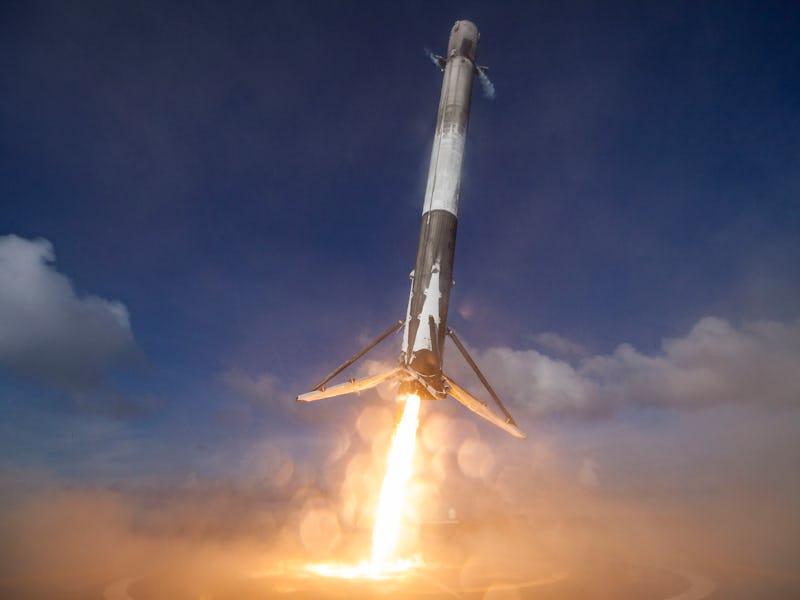SpaceX is about to set another major milestone in its mission for fully reusable rockets. The company is set to launch the SAOCOM 1A mission from the Vandenberg Air Force Base on Sunday, completing the first landing of a Falcon 9 on the west coast moments after lift-off.
The mission will be the first mission to use the West Coast landing zone that it finished up last weekend, completing a development cycle that began in late 2014. It sounds like a long time for a landing pad, but Teslarati claims the process was slower as SpaceX had little need for the pad before now. The pad will act as an alternative to the droneship Just Read the Instructions, which operates in the Pacific Ocean for California launches. Landing the first-stage booster is a vital aspect of cutting SpaceX costs, with Falcon 9 construction running to around $62 million, while also proving the viability of future missions to Mars that will require successful landing and refueling.
See more: SpaceX’s New Falcon 9 Landing Zone Is About to Tackle Its First Mission
The Sunday mission will launch the first of two SAtélite Argentino de Observación COn Microondas satellites into space. SAOCOM 1A weighs 3,000 kg, and uses six computers with 140 antennas to transmit information about disaster relief management for Argentina. The machine costs $500 million, with 600 professionals working on its development for seven years. The launch is the country’s fifth space mission. The accompanying SAOCOM 1B is set to launch next year.
The land pad is unlikely to replace the droneship altogether. The Verge notes that land returns require more fuel than sea-based landings. It also makes it easier to return the rocket to the premises. However, regulations bar return-to-launch-site missions between March and June to protect the nearby harbor seals. Don’t count Just Read the Instructions out of the running just yet.
The mission is set to launch around 10:22 p.m. Eastern time on October 7 from Space Launch Complex 4E.
